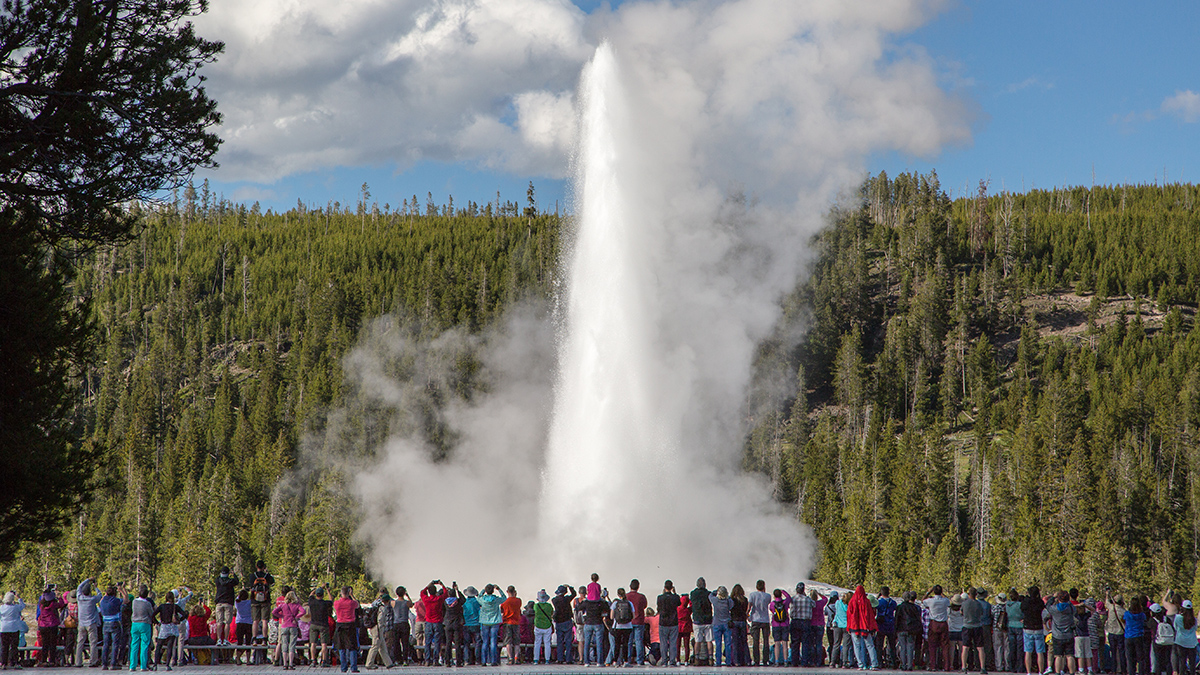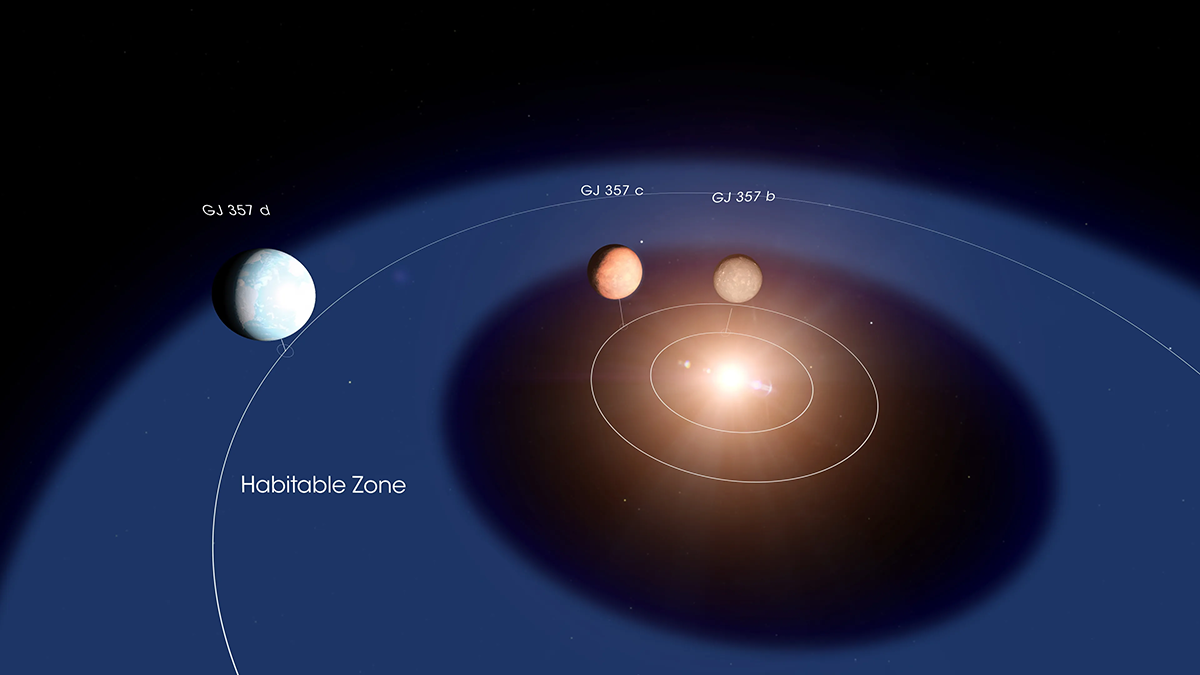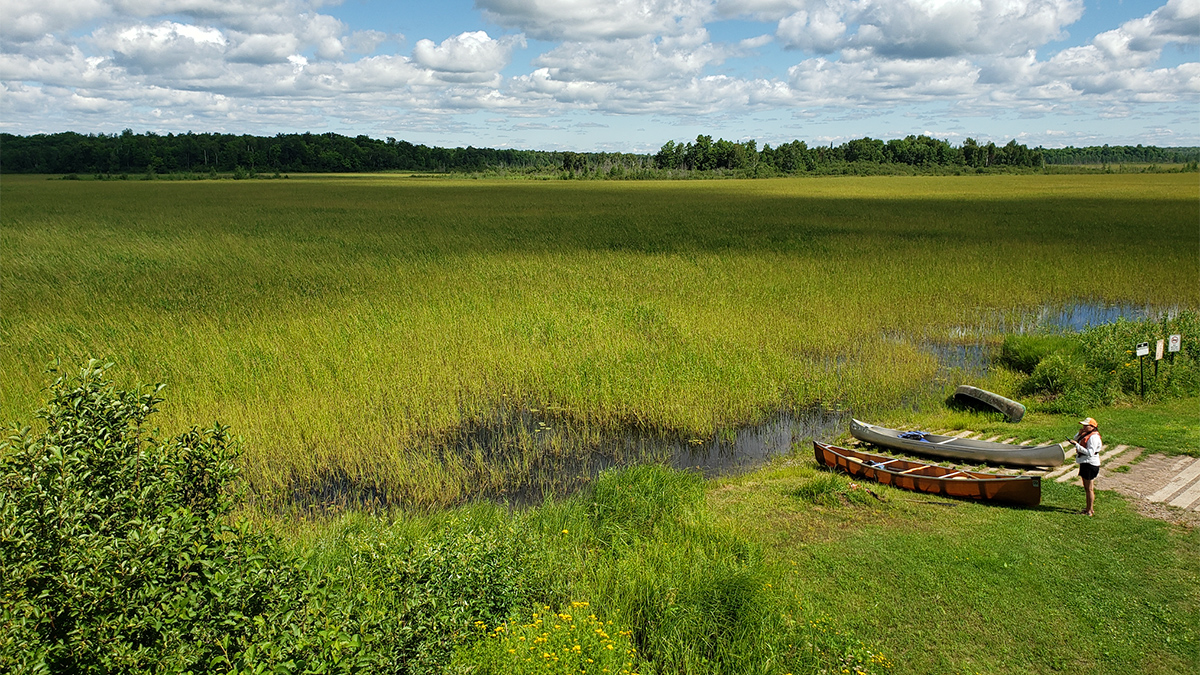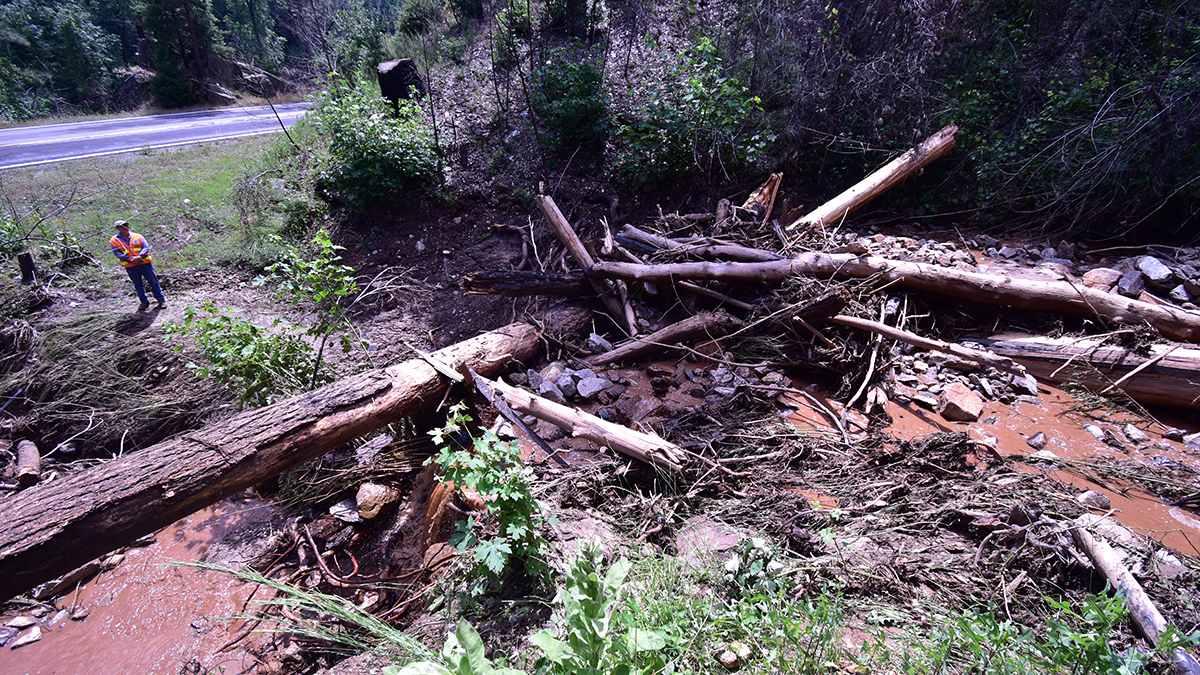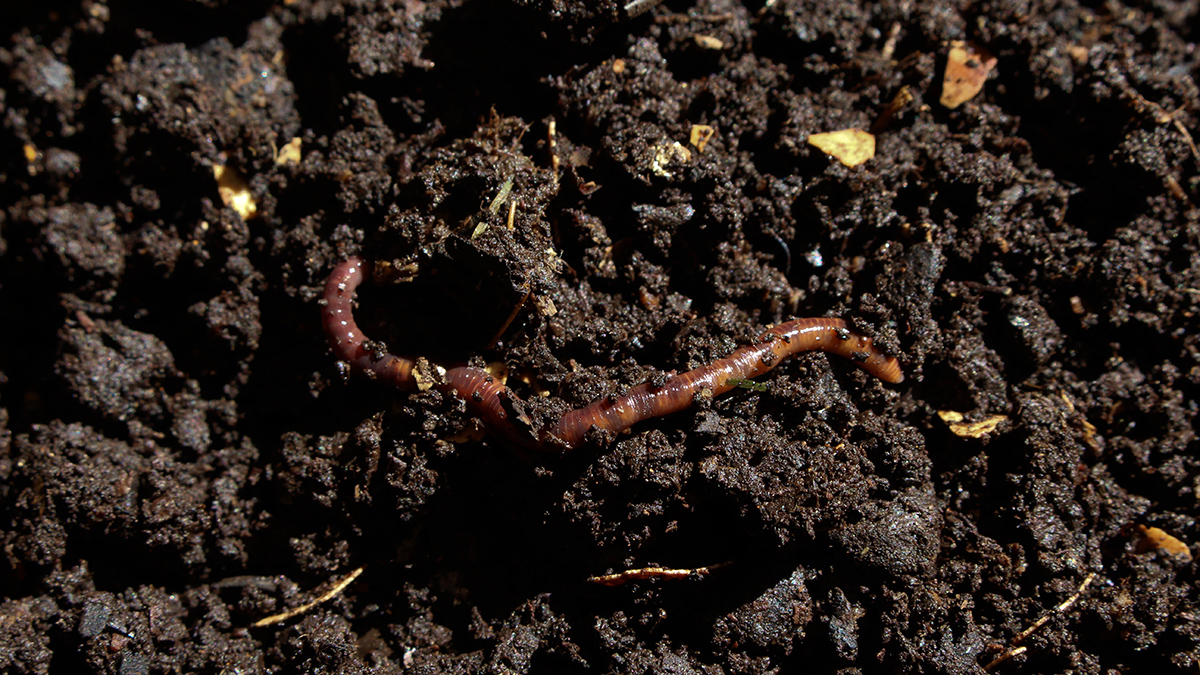Scientists built a minigeyser to show why the natural wonder’s water surges so violently between eruptions.
News
Global Water Loss Happens Almost Entirely in the Southern Hemisphere
A recent study suggests that the Southern Hemisphere not only is more vulnerable to climate change but also loses significantly more water than the Northern Hemisphere.
When Forests on Land Burn, Forests Underwater Feel the Impact
Kelp is a habitat, a carbon sink, and a binding agent in your ice cream. But new research shows that California’s kelp forests are affected by the fate of their counterparts on land.
Giant Planets May Be “Agents of Chaos”
Two studies suggest that some giants could make it difficult or even impossible for terrestrial planets to remain in a star’s habitable zone.
Climate Change Threatens the Future of Wild Rice
As a precious plant struggles to thrive in the U.S. Upper Midwest, researchers are taking steps to understand the reasons for its decline.
Climate Change Turns Up the Heat in Greek Museums
Museums and historic buildings use indoor microclimates to preserve artifacts, but rising temperatures could create a breeding ground for pests, mold, and deterioration.
Amateur Astronomer Finds a Possible Crater on Io
The most volcanically active body in the solar system may have an impact crater, a discovery spotted by a curious nonprofessional scientist.
Postfire Debris Flows Strike in a Puzzling Pattern
California geologists are improving their understanding and forecasting of which slopes in wildfire-burned areas might fail during heavy rainstorms.
Ostrich Eggshells Trace Namaqualand’s Ancient Rain
The plant-based nitrogen eaten by ostriches and stored in their eggshells was measured by researchers 20,000 years later.
Quartz-Gobbling Worms Are Weathering Earth’s Soils
New research in mineral weathering shows that earthworms may be an important contributor to Earth’s weathering cycle.

